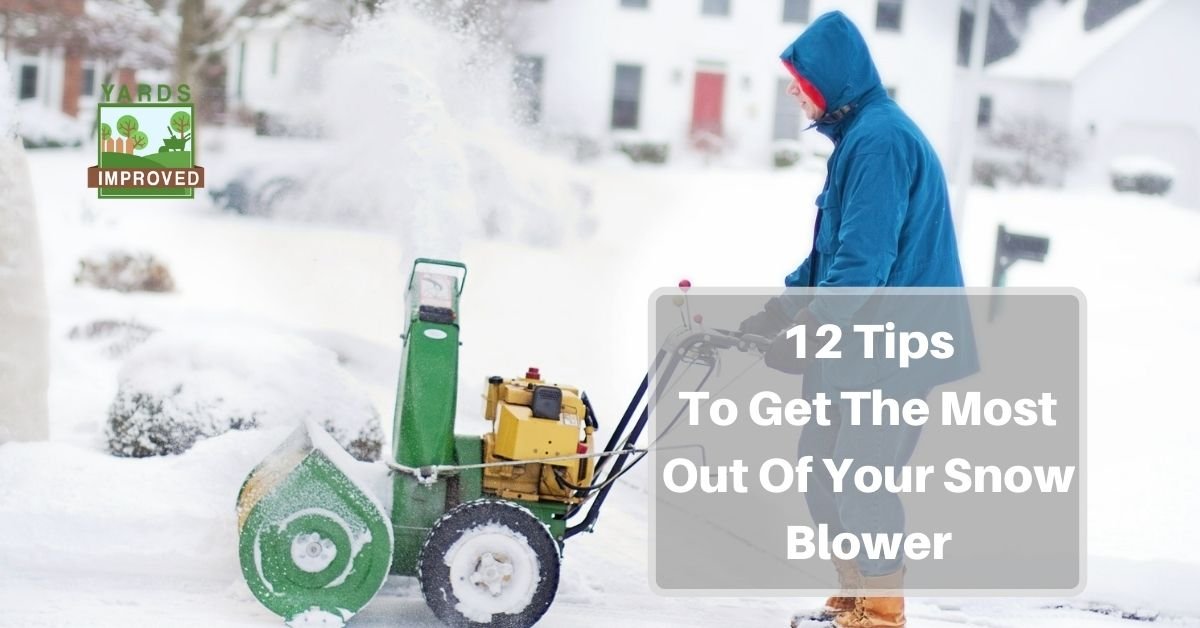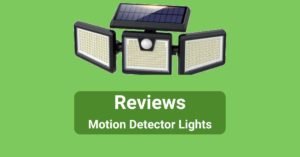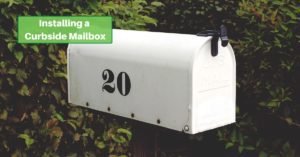A snowblower is a wonderful tool if you live anywhere that gets any considerable amount of snow. It will save you time and energy and let you return more quickly to the warmth of the house. At the same time, a few tips and tricks can help guarantee that the process goes smoothly.
These 12 pointers will make your snow blowing go more smoothly!
In the market for a snow blower? Learn how to pick it!
Check Fluid Levels Before The Storm
There’s nothing worse than needing your snowblower but finding that it’s out of fuel. Be sure to fill up the gas tank before you need to run the machine. If you left the tank full after last season and didn’t use a fuel stabilizer, you’ll want to drain the tank then add new fuel.
Also, check the oil and the spark plug while you’re at it. And don’t forget to fill up your gas can so you can just keep right on working!
Use Your Blower For Two Inches Or More
A snowblower doesn’t do much good unless there’s enough snow on the ground. To make it worthwhile, only bring out your machine when there are at least two inches of accumulation If you have less than that, a snow shovel or broom will be a better choice.
Don’t Get Overwhelmed
At the same time, you don’t want to let too much snow accumulate before tackling it. Most snow blowers are only able to get through eight to twelve inches of snow. So if you’re in for a big storm, you might want to wait for a lull then run the blower. Then come back later for a second go at it.
Watch Out For Ice Or Gravel
Of course, you also have to be careful with ice. Single-stage snow blowers have a blade that touches the ground, and if it gets caught on a clump of ice, it can break the blade or snap the bolt. It could also toss up gravel, damaging the machine and spitting it out at your car or house.
Check out our reviews of two-stage snow blowers, too!
Adjust The Skids
Remember to adjust the skids on your snow blower according to the depth of the snow. This will help make sure you get as close to the ground as possible while still getting rid of as much snow as possible.
It’s not usually hard to adjust them, but be sure to consult the instruction manual.
Keep It Slippery
This isn’t an essential step, but some people like to lubricate the auger to keep the snow from sticking. This can make the machine more effective and reduce clogging. Silicone lubricant or even a non-stick kitchen spray like Pam can do the trick.
Clear The Path
The whole purpose of a snow blower is to clear your paths, you might say. But you also need to make sure obstacles are out of the way before you start running the machine.
Move the cars, kids’ bikes, wagons, or whatever else could block the path before starting the job. Of course, it’s best if you can do that before the snow even starts!
Snow isn’t ONLY about work. Make it fun – build a snowman!
Know Where To Blow
You also want to direct the snow in the right direction. Have a plan of attack before starting.
Some driveways may let you blow the snow to lawns on either side, while others only let you go in one direction. Be sure not to aim toward windows, doors, vehicles, or the street. And try not to spray it where you’ll have to move it again later!
Of course, if it’s windy, you don’t want to have the snow blowing back into your face or onto areas you’ve already cleared. As far as possible, go with the wind, not against it.
Start In The Middle
If you can blow the snow to both sides, it’s best to start in the middle of the driveway and make a spiral moving outwards. This makes it easier to make turns and helps prevent dropping snow where you’ve already blown it away.
On The Other Hand, Up And Down Might Work
If you need to pile your snow all on one side, it will work better to start on one side of the driveway and go up and down adjacent lanes. Turn the chute each pass so it directs the snow in the right direction.
Be sure to start on the side farthest from where you want to pile the snow. That’s another way of keeping it from falling where you’ve already passed.
Stop The Augers While Turning
Whether you go in lines or in a spiral, you’ll want to remember to turn the auger off when you take the corners. Otherwise, you’ll be spraying snow in directions you don’t want to go. You don’t want it piling up against the garage door or flying into the street to blind other motorists or block the way.
Be Safe
Above all, operate your snow blower while observing all safety measures.
Never wear loose clothing that could get stuck in the machine. Eye and ear protection are recommended, too.
Use two hands to push the mower so that you can be sure to keep it under control at all times.
Follow the instruction manual to clear clogs. Never put a hand or foot near the auger or into the chute even if you’ve turned the machine off. Tension could buid and the auger snap into position when the jam clears, catching your appendages in it.
Conclusion
A snow blower is a wonderful tool, but knowing how to use it optimally makes it even more valuable. Some planning can help you get the most out of your investment. Use it carefully and wisely so you can enjoy a winter wonderland rather than slaving your way through it!









